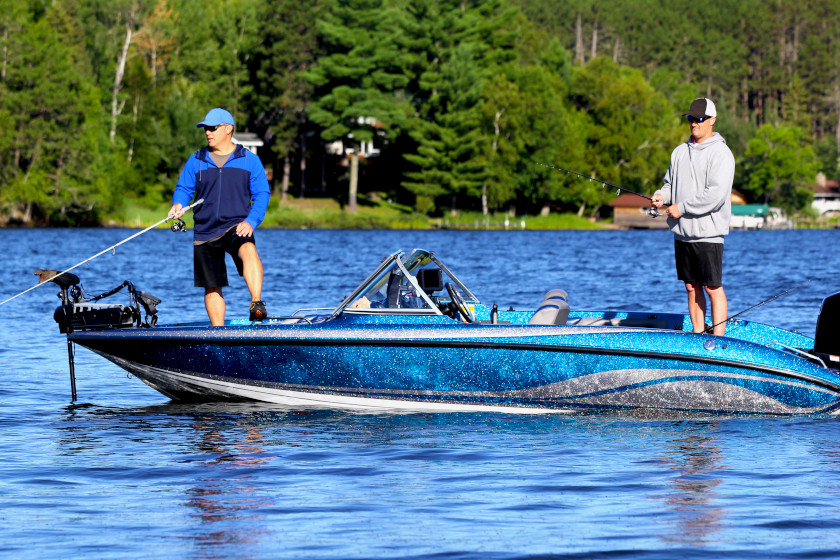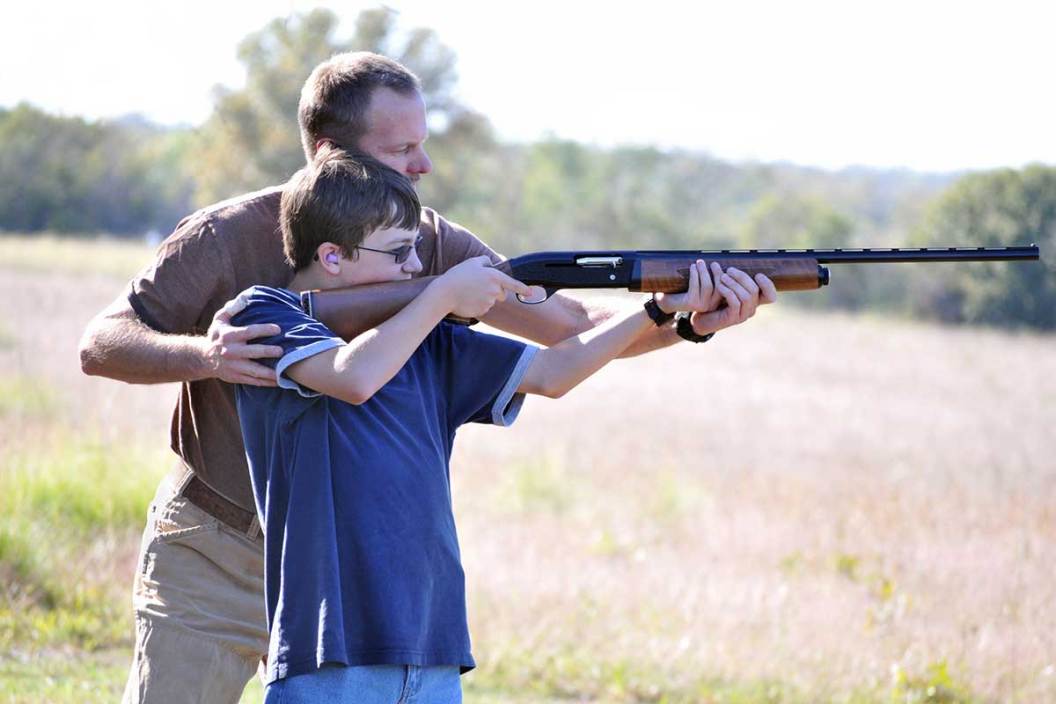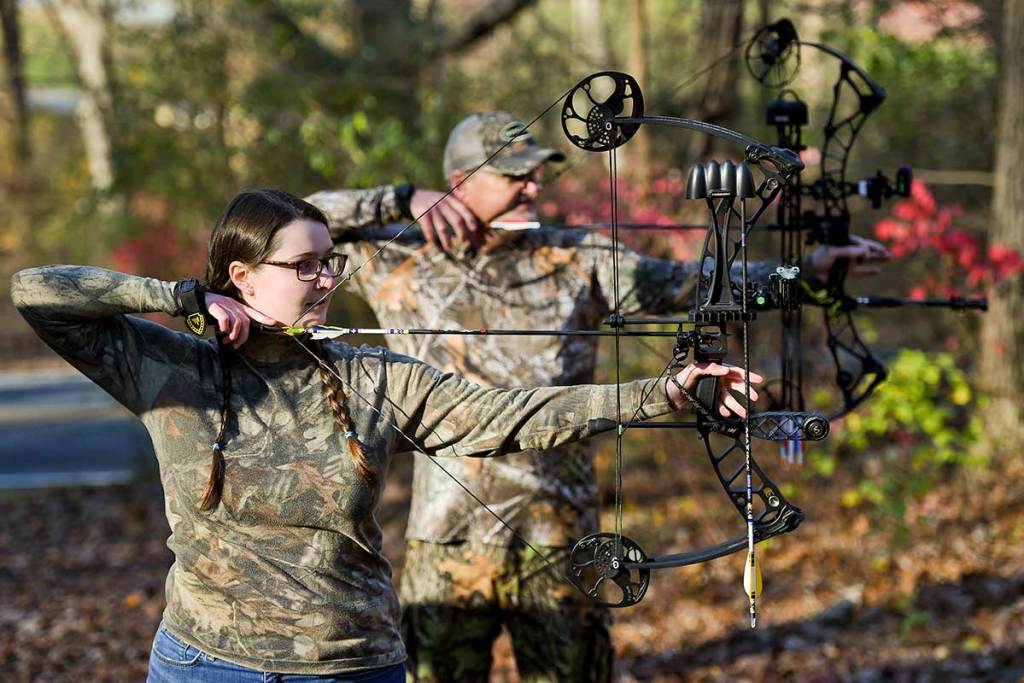Many people are nervous to do something new, and doing something new that has inherent risks can increase that anxiousness. Folks that are interested in introducing others to the outdoors have a special responsibility. It is important to communicate what to expect ahead of time so that people can make an informed decision about the trip and agenda. Introducing newbies to unfamiliar adventures requires consideration, patience, and lots of enthusiasm. The following tips may help.
Pack Extra Snacks

A lot of calories are being burned while doing outdoor activities such as kayaking, hiking, hunting, etc. It is super easy for a beginner to burn thorough energy stores without realizing it and end up hungry, fatigued or worse, in a low sugar situation. Pack more than double the amount of snacks you would normally take. Bring snacks that are high in protein and some that give a quick sugar boost. That little extra effort can go a long way in keeping newbies content and comfortable.
Don't Show Off
The person trusting you to introduce them to the outdoors is already impressed by your willingness and knowledge, or they wouldn't have come along on a new adventure with you in the first place. Resist the urge to flex and get fancy. Stick to the basics. This ensures two things: your focus remains on keeping the newbie safe and not on promoting yourself. Second, they are comfortable, meaning they can enjoy the experience of learning this new outdoor hobby without intimidation or a feeling of competition.
Take Lots of Pictures

Mossy Oak
The best outdoor guides know a secret: they get better tips when they take lots of pictures for their clients. So do the same for the person you're showing the joys of the outdoors to. Take plenty of photos so that they can look back on the experience. This also helps to create joy around the adventure, and inspire story-sharing after the fact. Be proactive about this. Take action shots. Stop often at spots for photos along the way. Be the one to initiate photos, because many people will be too shy or feel too awkward to ask for them.
Know When to Throw in the Towel

NSimages/Getty
Some trips logistically have a specific end. Others have some wiggle room. If you have any control of when to wrap it up, pay close attention to your guest and tailor the end of the trip to their comfort levels and needs. Are they getting worn out? Losing enthusiasm? Know when to call it a day. Do not risk ruining a good trip by staying out too long. End on a high note and they will have a better memory of the trip, therefore being more likely to want to come out again.
Don't Be a Jerk

Getty Images: Victor Ward
This one may seem obvious, but do not push someone to do something they are uncomfortable doing or mock them for their fear. Explain the plan clearly and thoroughly upfront. Do not haze over the difficult things they may experience.
If your friend is hanging onto a rope swing nervously deciding if they are going to swing and jump, do not push them. If you are kayaking and come upon a section of rapids they do not want to attempt, turn back with them. Do not forge ahead in an attempt to coerce them to follow. This kind of thing might seem like it's just good fun, but I prefer to call it bullying, and it will not encourage them to continue in this outdoor activity.
There is a difference between encouragement and pressure, and for many people the line between to two is quite fine. It is up to you to know (or learn) where that line is. If you cannot read their signs, straight up ask and then respect what they tell you.





